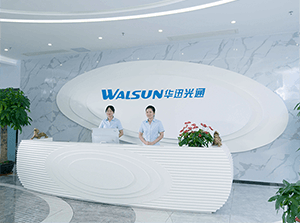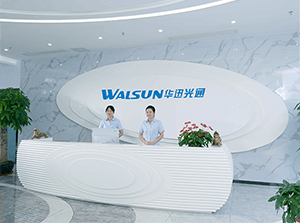PRODUCTS

- SFP 10G ER (Extended Range) and SFP 10G ZR (Zero Dispersion Shifted Reach) are both types of 10 Gigabit Ethernet (10GbE) transceiver modules designed for extended-range optical connectivity. While they share similarities, there are differences in their intended use cases, reach, and specifications:Reach:SFP 10G ER (Extended Range): Typically designed for extended-range connections and can support609

- OM1 (Optical Multimode 1) fiber optic cabling is considered an older and less capable multimode fiber type compared to more recent generations. While it may not be entirely obsolete, its use is limited, especially in comparison to newer multimode fiber types such as OM3 and OM4. OM1 has several characteristics that make it less suitable for modern high-speed networking applications:Lower Bandwidth560

- The width of a QSFP-DD (Quad Small Form-Factor Pluggable Double Density) module refers to its physical size and is defined by the Multi-Source Agreement (MSA) specifications. The QSFP-DD module is an evolution of the original QSFP and is designed to accommodate higher data rates, including 200 Gigabit Ethernet (200GbE) and 400 Gigabit Ethernet (400GbE).The QSFP-DD module has a larger form factor c588

- OM1 (Optical Multimode 1) fiber optic cabling is primarily designed for legacy applications and is not typically recommended for 10 Gigabit Ethernet (10GbE) connections. While OM1 fiber can technically support 10GbE, its limitations in terms of bandwidth and modal dispersion make it less suitable for higher-speed applications.Here are some key characteristics of OM1 fiber:Bandwidth: OM1 has a lowe519

- QSFP (Quad Small Form-Factor Pluggable) and SFP (Small Form-Factor Pluggable) are both types of transceiver modules used in networking equipment, but they differ in terms of their form factor, data rates, and applications. Here's a comparison of QSFP and SFP transceivers in terms of performance:Form Factor:SFP: SFP modules have a smaller form factor and are widely used for lower-speed applicat595


 CHS
CHS Walsun Mall
Walsun Mall










